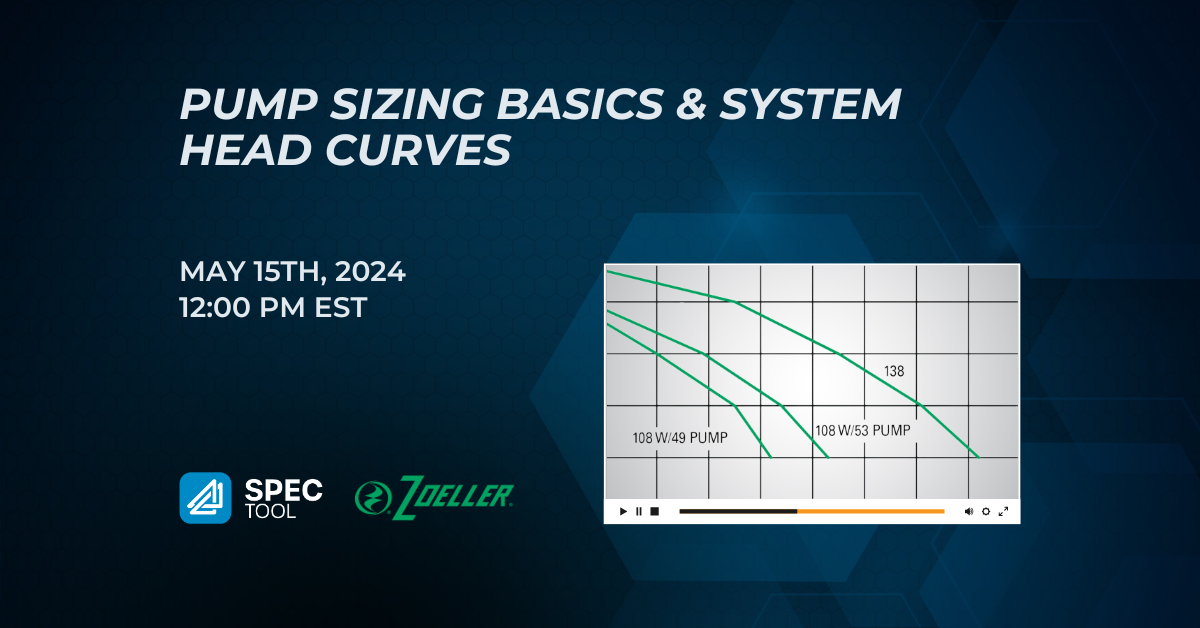Pump Sizing Basics & System Head Curves

CHAPTER SUMMARY
Chapter 1: Why Use a Pump?
- Pumps allow us to move water from a low elevation to a high elevation, overcoming gravity.
- Pumps can provide cost savings compared to gravity-based systems, such as smaller pipe diameters and lower excavation costs.
- Pumps enable flow equalization and allow for alternative treatment systems like low-pressure sewer and drip systems.
Chapter 2: Pump Styles and Sizing Considerations
- Different pump styles include sump pumps, sewage pumps, grinder pumps, and effluent pumps, each with unique characteristics.
- Key questions to ask when sizing a pump include electrical conditions, cord lengths, application type, and what is being pumped.
- Determining design flow, static head, friction head, and operating head are crucial for proper pump sizing.
Chapter 3: Pump Performance Curves and Sizing
- Pump performance curves show the relationship between flow and total dynamic head.
- Undersizing a pump can lead to overflow and clogging issues, while oversizing can result in short cycling and higher power consumption.
- The traditional method of sizing a pump involves determining the design point and selecting a pump based on the pump performance curve.
Chapter 4: System Head Curves
- System head curves show how the pressure changes as the flow changes through the system.
- System head curves are derived using the Hazen-Williams equation and account for static head, friction head, and operating head.
- System head curves can be used to optimize the system design, adjust pipe sizes or lengths, and determine the actual operating point of the selected pump.
Chapter 5: Addressing Low Head Situations and VFDs
- In low head situations, introducing more friction into the system can help the pump operate within its optimal range.
- Considering critical locations, such as high and low points in the system, is important when using system head curves.
- VFDs can be used in variable flow applications, but their effectiveness is reduced when the static head is more than 50% of the total dynamic head or the system curve is flat.



